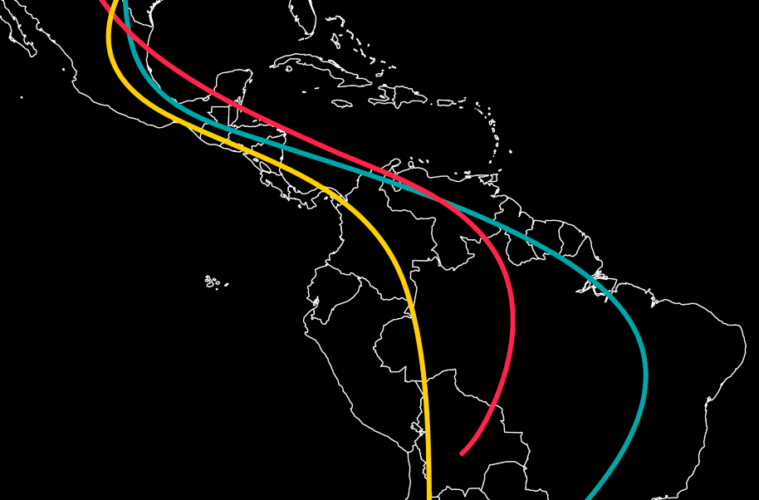There are myriad ways for humanity to experience our connectedness with the natural world, but a new project from the Audubon Society really maps it out. Their new year-long web-based project Mapping Migraciones does something expected — tracing the migration routes of species common to the Americas and offering information, photographs, and audio field recordings on these beautiful feathered creatures. What makes this birding project so special is the profound heart of the idea: overlaying these avian lessons with individual lived experiences of human immigration from those same regions.
Audubon California, the National Audubon Society and Latino Outdoors produced the interactive map that uses migratory bird data and stories from ordinary people to give “a full picture of how birds and people are connected through geography and culture.” In addition to the ever-growing archive (to which all are invited to contribute) panels and discussions throughout the year will accompany the ever-expanding archive.
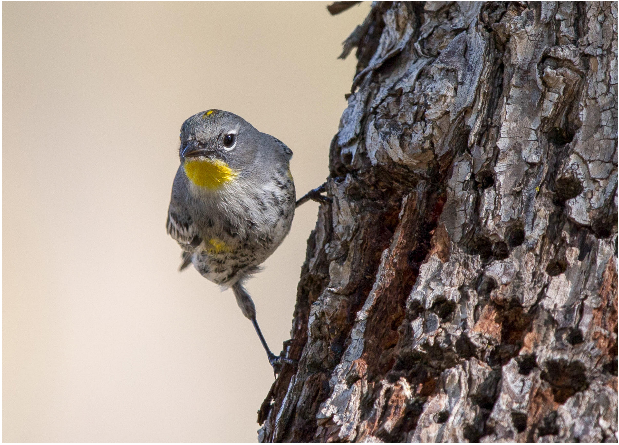
Yellow-rumped Warbler. (Photo by Richard Derevan/Audubon Photography Awards)
Here’s how it works: Take for example the adorable Yellow-rumped Warbler (also known as the Butter Butt for its distinctive markings) which hails from Mexico. Audubon being Audubon, you learn key facts, such as, “they have a long narrow tail, a black beak and patches of yellow — especially the famous one on their backside. They are abundant in urban areas such as parks and backyards. In the winter they move south across the United States from California to Florida. They can be found along all coasts of Mexico and some of Central America…” Maps and photographs and recorded sound illustrate this species’ life in more detail.
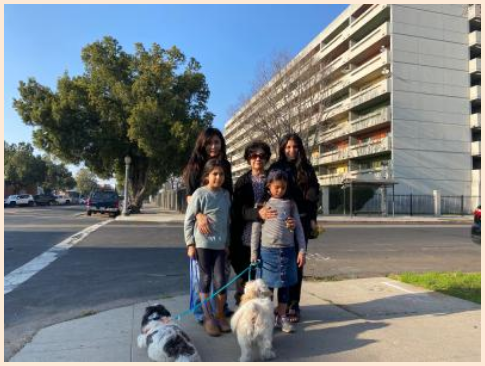
Ruby Rodriguez, with her mom and her children (Audubon Society)
Then click on the Read Someone’s Story tab on the site, and you meet a wonderful person, for example, Ruby Rodrigez, whose family too immigrated from Mexico. She tells the story of Guadalupe Pérez González, her maternal great-great-grandmother who was born in Querétaro, Mexico. From her story: “Orphaned at a young age by the loss of her parents during the Mexican Revolution, around 1930, Guadalupe and her two children (Phillip and Mary) journeyed north to a border town called Mexicali, where they would remain for about 20 years. She labored hard over a stone stovetop to produce tamales for sale and eventually purchased a humble home for herself and her children. Mary married Leon Torres Ruiz and gave birth to my grandma Eleanor in 1940. About 10 years later, my great-grandpa Leon moved the entire family to California. From their journey, I have learned that the meaning of “a better life” is often incomplete unless it includes the process of (un)learning, healing, and growing. So much of my cultural heritage was lost to assimilation. While this disconnection is a painful experience for me, nature supports me with feeling connected to myself, my history, and everything around me.”
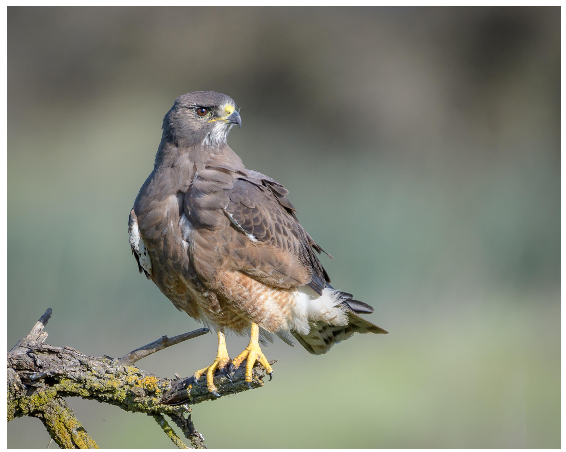
Swainson’s Hawk. Photo by Becky Matsubara (Audubon Society/flickr)
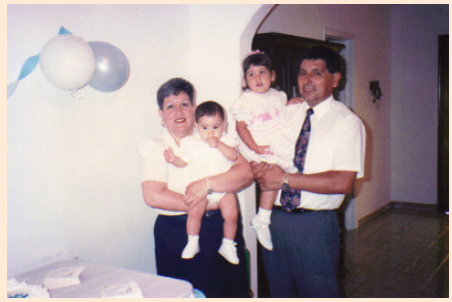
The Palacio-Rezzano Family
Swainson’s Hawks (from Uruguay) mean a great deal to Estefania Palacio, whose mother was born in Montevideo, Uruguay and whose dad was born in Tambores, Uruguay. “My family came to the U.S. in search of their American dream,” she writes. “They worked hard to achieve better opportunities for themselves and their children. My dad has always loved nature. I have many memories of him telling me stories of his childhood as a gaucho — sleeping under the stars, raising wild animals as pets, and riding horses. For him, nature is healing and rejuvenating — it’s where he goes to escape all his troubles. When I’m in nature, I feel the peace he described. I think back on all his stories and try to imagine what nature looks like through his eyes: a place to explore, to grow, and to heal. The biggest lesson my family’s journey has taught me is to take every opportunity you can get and make it your own.”
For more information visit audubon.org/mapping-migraciones.
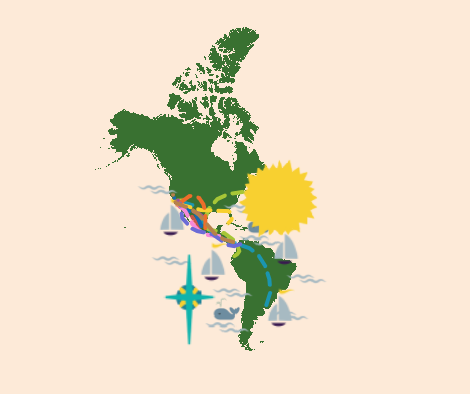
Audubon Society’s Mapping Migraciones
Advertising disclosure: We may receive compensation for some of the links in our stories. Thank you for supporting LA Weekly and our advertisers.

